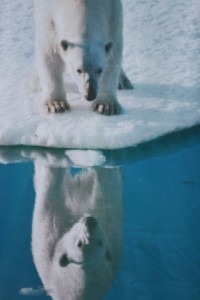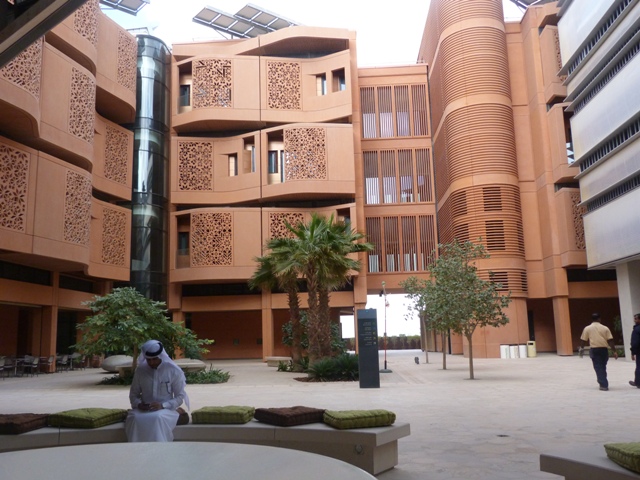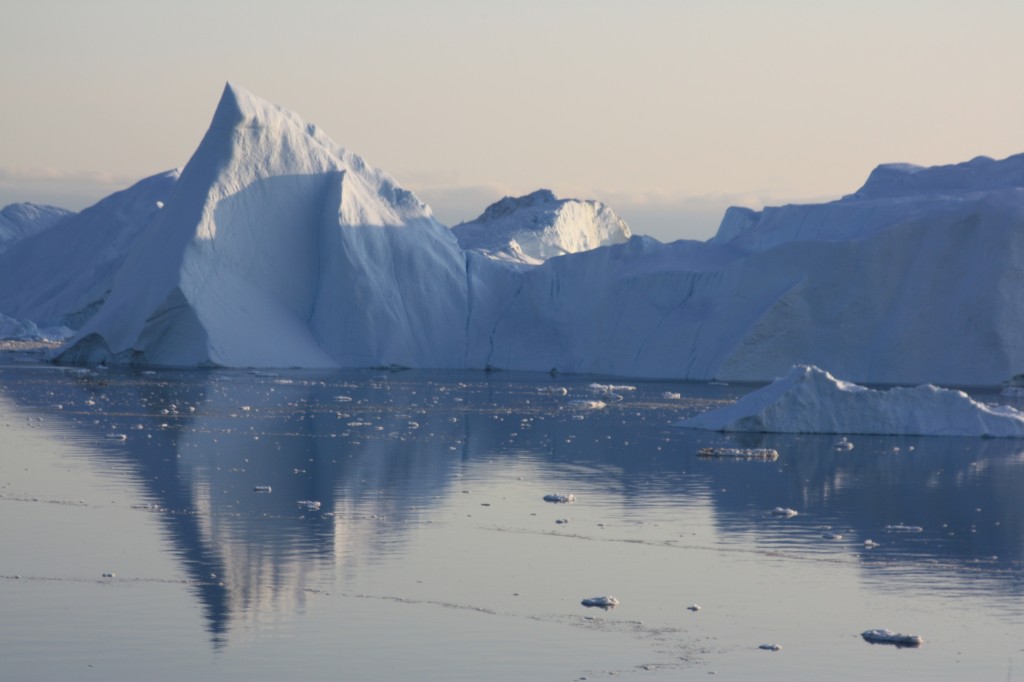Search Results for Tag: Climate
WWF Canada helps reduce polar-bear kills
There are estimated to be between 20 and 25 thousand polar bears left in the world. Climate change is the main threat to their survival these days. Hunting is strictly regulated, with quotas for the number allowed to be hunted as part of indigenous Arctic people’s heritage. But what happens when hungry bears, affected by the loss of sea ice, encroach on human territory? Not a good combination. WWF Canada has been involved in a project to set up electric fences – some of them solar powered – to keep the white giants out and reduce the number of bears killed in self-defense – with highly positive results so far. For the first time in at least three years, no bears were killed in defense of life or property in the hamlet of Arviat, in Nunavut in 2012 thanks to a “polar bear conflict reduction” project. The community , in the western Hudson Bay area, had reported increasing visits by polar bears in town in recent years. One reason is thought to be the loss of sea ice through climate change. WWF Canada has helped the locals fund a monitor to patrol the area at night from October to December, when bears are out and about in the Nunavut region. The monitor scares the bears with spotlights and noise. They have also installed electric fences around some of the dog-team pens. 2013 is the WWF’s “Year of the Polar Bear”. The organisation is also helping to fund monitoring programmes to keep track of the number of bears.
Greenpeace criticizes draft Arctic oil spill response agreement

The symbol of an intact Arctic: A polar bear puts in an appearance on a poster at a Greenpeace “Save the Arctic” stand in Germany.
The Arctic Council environment ministers will be meeting in Jukkasjärvi in Sweden over the next few days. One of the items on the agenda is a long-awaited agreement on dealing with oil accidents in the Arctic. A copy of the document has been leaked, and Greenpeace says it is “vague and inadequate”. “Marine Oil Pollution Preparedness and Response in the Arctic” is the title of the paper, set to be adopted by the Council’s foreign ministers at their meeting in May. An oil spill in the Arctic would be very hard to tackle for various reasons, including remoteness, cold, ice, darkness and the fact that oil takes longer to break up in cold conditions. Remember the Exxon Valdez? If you are young enough not to, it was a tanker that went down in Prince William Sound in 1989, with devastating effects on the environment.. I visited the spot a couple of years ago, and there are still clumps of oil under stones on the beaches. And of course Shell is having its own problems with Arctic drilling at the moment.
Greenpeace is running an international campaign against oil drilling in the Arctic. Ben Ayliffe, head of the campaign, told the media: “This draft agreement does not inspire confidence in the ability of the Arctic Council to protect this fragile region when the worst happens. It’s incredibly vague, it fails to hold oil companies liable for the impact of their mistakes, and there is nothing here that ensures adequate capacity to deal with a spill in these nations”
I have been talking to a lot of experts on this over the last few years and most of them are convinced that a spill would happen sooner or later and would be extremely difficult to deal with. The risks to the fragile Arctic ecosystem would be enormous.
EU stepping up campaign to join Arctic Council
When the Arctic Council meets in Sweden in May before chairmanship is handed over to Canada, one of the items on the agenda will be applications from the EU and China amongst others for observer status of the Arctic Council.
With climate change making access easier, the chances of keeping the Arctic free of economic activities like oil and gas exploration and increased sipping are dwindling. (I wrote a story about this just very recently: Business opportunities boom in the Arctic).
Some EU members are already on the Council, but the organisation wants its own observer seat. The reasons for this interest are not hard to find: to “wield greater influence over a region thought to hold huge undiscovered oil and gas reserves”, according to the publication EurActiv.com
EU member countries have different interests in the Arctic, so this is an interesting development to watch.
Future 360 – Masdar revisited – in video!
During my trip to Abu Dhabi I met Sarah Backhouse, the founder of Future 360, which describes itself as “A media company and discovery platform dedicated to clear technology”. The idea is ” to use video to tell powerful stories about why cleantech matters”. There is a vey enthusiastic video portrait of Masdar city on the website. Fun to watch! And I admire how you get so much into such a short piece of video, Sarah.
Climate change in pictures
Gary Braasch is a photographer who decided some time ago to devote the rest of his working life to documenting the effects of climate change in pictures. I met him on a plane on the way to a conservation summit some time ago, when he was presenting a new photography book. Faithful ice blog watchers may remember the story. One of the pictures was a polar bear on land – I was immediately reminded of a story by George Divoky, ornithologist and climate observer. George monitors black guillemots on Cooper Island, off Barrow, Alaska. He has observed considerable change in the climate in recent years, and has had to take all kinds of measures to protect the birds against hungry bears. He had also told me about an encounter he and a visitor had had with a bear. It turned out the photo and George’s story were one and the same event.
Now I have discovered Gary’s website World View of Global Warming, which is well worth a look. George’s Cooper Island site also has some spectacular pictures.

























Feedback